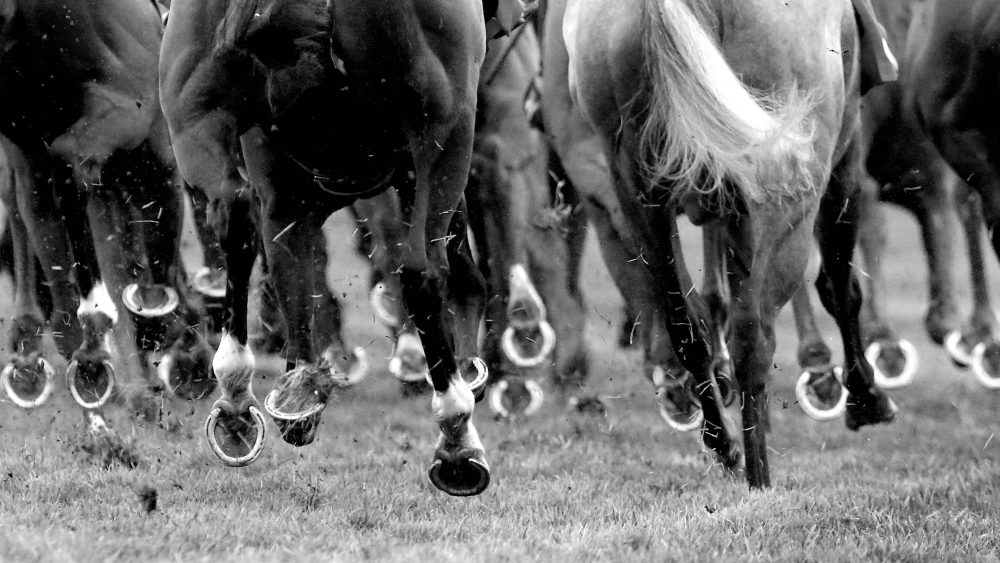The importance of the stop race procedure

British racing is proud of its record of doing all it can to keep its people and horses safe.
We make no apology for having strict rules to prevent incidents happening that put life at risk. So we have been surprised by some of the comment since the incident at Sandown on Saturday. In particular, David Jennings’ piece in the Racing Post this morning is based on a misunderstanding of the serious risks involved and how the sport’s rules are designed to deter behaviour that might add to the risk.
We cannot comment on the specifics of the Sandown incident as the jockeys involved have lodged an appeal. However, there are some general points that we feel must be addressed.
The article suggests that the 10 day entry-point bans for this offence are too severe, and that the penalty should be one or two days at most. It describes this offence as being similar to a technicality such as “the ball moving in a golfer’s back swing”.
The stop race procedures are employed and overseen by the racecourse’s Clerk of the Course when there is an obstruction on the racing line which, in their view, cannot be bypassed without risk. Most frequently this will take the form of a jockey or horse receiving treatment from doctors or vets. It is essential that doctors and vets can carry out their duties on the racecourse without the fear that they are going to be run down by the field completing their next circuit. Half-tonne horses travelling at 30-40mph present a significant risk to human and equine life should a collision take place, which is why the stop race procedures are so crucial and why the deterrents for continuing to ride are greater than just a one or two day suspension.
Mr Jennings suggests in his article that jockeys are correct to ride on in these circumstances, stating that pulling up is “a risk not worth taking” and posing the question “would it have been worse if a jockey failed to stop upon the waving of a yellow flag…or if one of the jockeys thought he saw a yellow flag and decided to pull up…only to find out afterwards it was actually a chequered flag for a dolled off fence?” This is irresponsible as it does not consider the more pertinent and serious scenario of a jockey continuing to ride and then colliding with a human or horse administering or receiving treatment. This is the risk that is not worth taking and this is what the stop race procedures are designed to prevent.
Jockeys are – or should be – aware of what the yellow flags mean and their responsibilities when it is deployed. Signs are up at every racecourse which remind jockeys what to do when the flags are used, and they are regularly reminded of this.
Mr Jennings also suggests that “noise would work better than flags”, but fails to reference the fact that, as well as the flags being used, high volume Fox40 whistles are also blown. Flags are also used in other sports, such as motor racing, where the field travels at 200mph.
It has also been suggested that red flags should be used instead of yellow. However, this has been rejected in the past because 1 in 12 males and 1 in 200 females are colour blind with red/green colour blindness being the most common. Luminous yellow flags are visible in all conditions and are designed to be consistent with the flags waved by starters and advanced flag operators. Wherever you are on a course, a yellow flag being raised or waved means “don’t race”.
As previously stated, we do not wish to comment on the specifics of the incident at Sandown. The jockeys involved in the Sandown incident have appealed their penalties and the appeal will be heard in front of an independent disciplinary panel. However, in general, we felt it was important to address the suggestion that jockeys are in any circumstances correct to continue riding when the yellow flags have been deployed, and that the offence is a technicality rather than one which has important safety implications.
